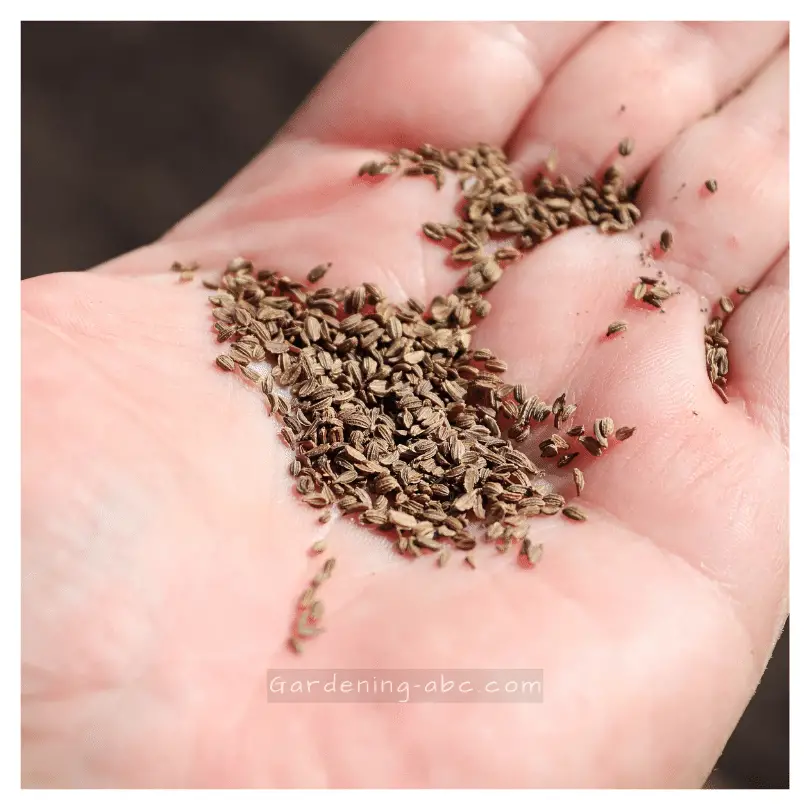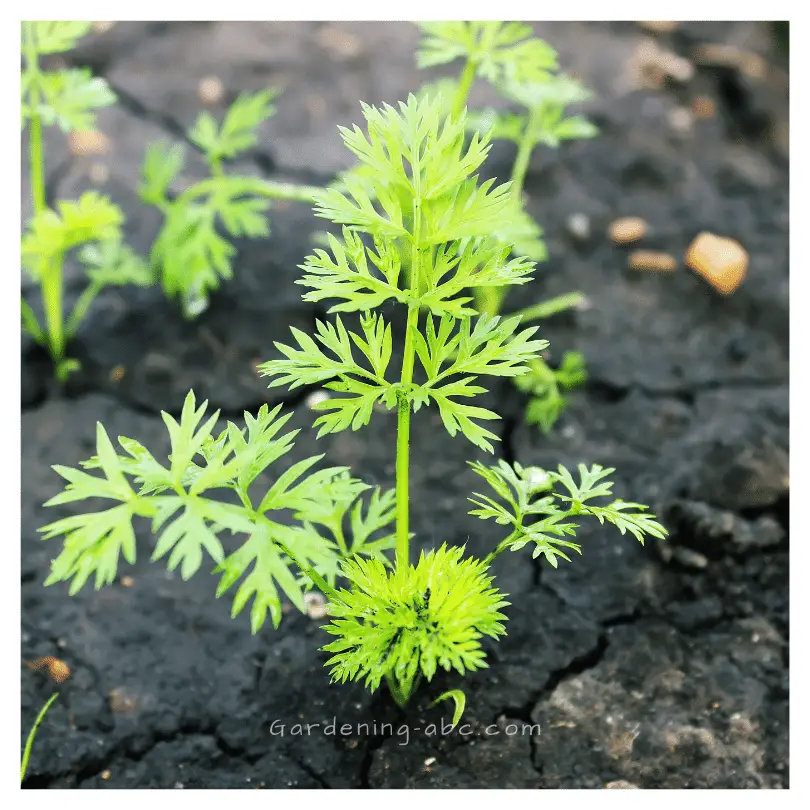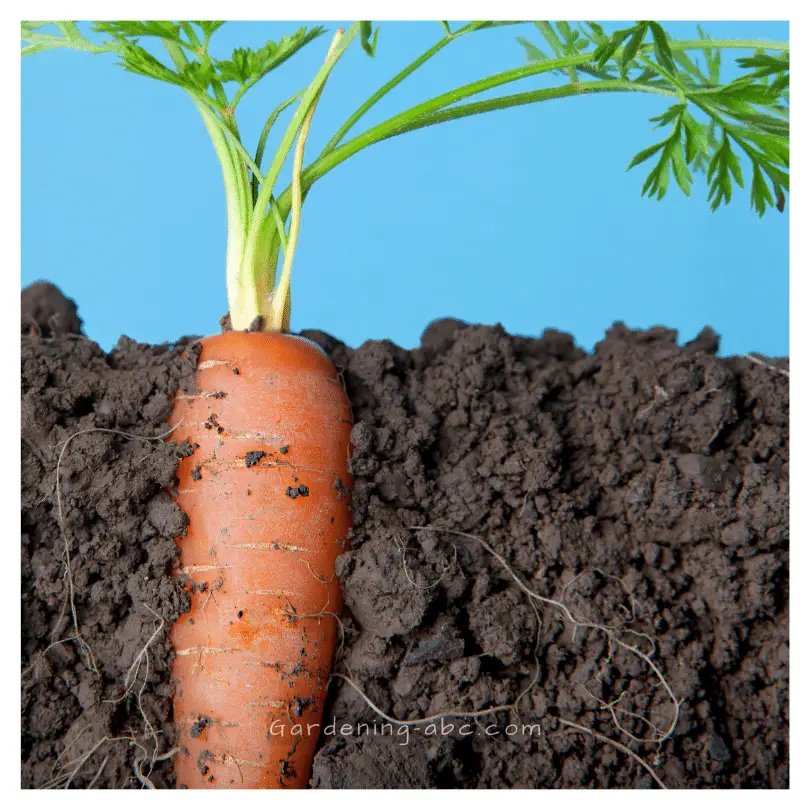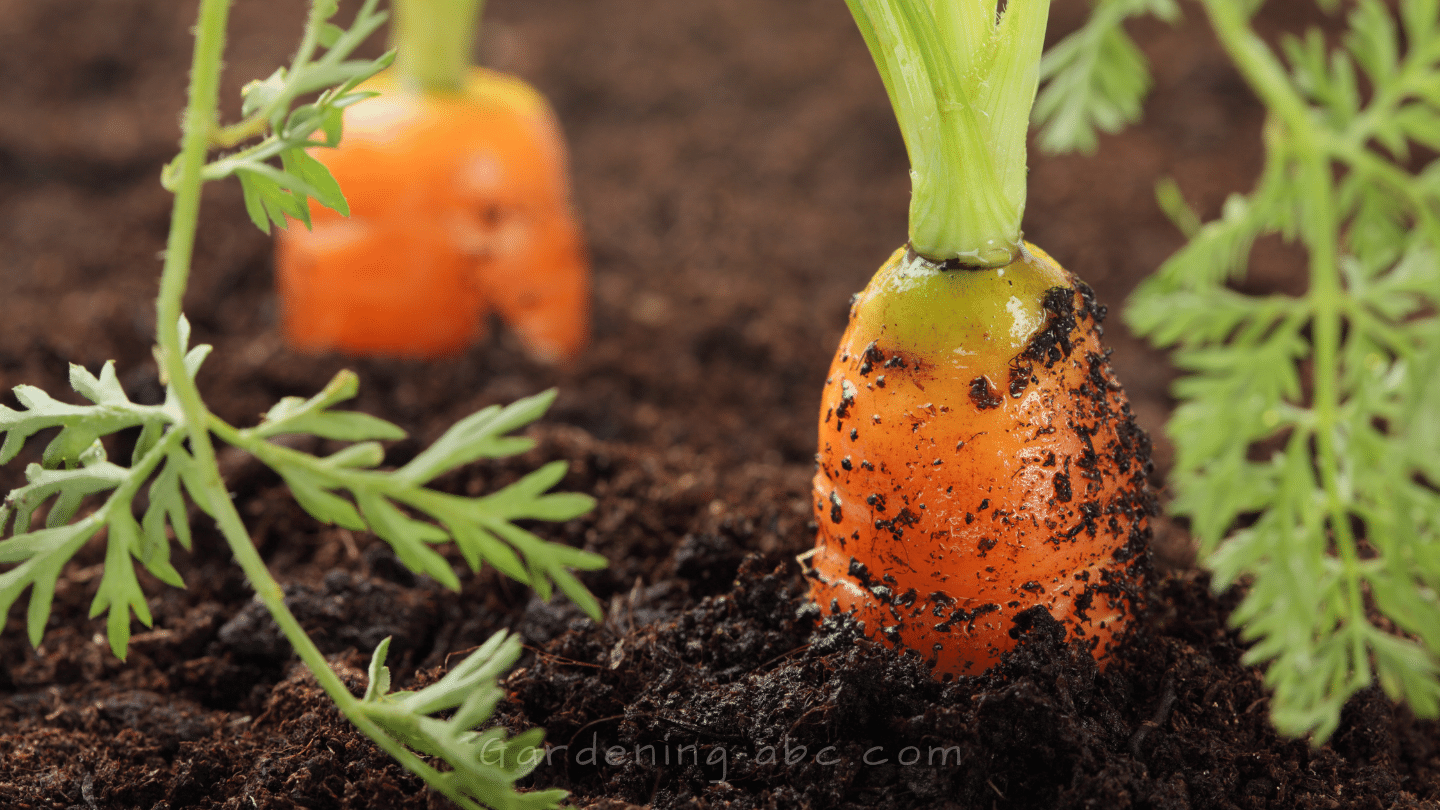We use affiliate links to run our site. When you buy through links on our site, we may earn an affiliate commission, without any added cost to you. Learn more
Have you ever wondered how a tiny seed can grow into a plump and juicy carrot? The growth stages of carrots are truly fascinating and shed light on the intricate process of plant development. From seed to maturity, each stage brings its own unique characteristics that contribute to the final produce.
Whether you’re a gardener or just an admirer of fresh produce, learning about the different phases of carrot growth is sure to pique your interest and expand your knowledge. So let’s dive in and explore the world of carrot development!
Carrot Growth Stages
Carrot growth stages can be divided into five main phases: seed germination, seedling development, vegetative growth, root development, and maturation.
Each phase has its own requirements and challenges for the gardener. Let’s take a closer look at each stage and what you need to do to grow carrots successfully.
Stage 1: Seed Germination

It all begins with a tiny carrot seed. The seed is carefully planted in well-prepared soil, ideally in early spring or late summer, when the temperatures are cool and the soil is moist. Adequate soil moisture is crucial for successful germination.
Over the course of several days, under optimal conditions, the seed will absorb water and swell, triggering the germination process. As the seed’s coat cracks open, a tiny root emerges, seeking moisture and nutrients in the soil.
Stage 2: Seedling Development
Once the seed has germinated, the young carrot plant enters the seedling stage. At this point, it is essential to ensure the seedlings receive sufficient sunlight, typically around six hours a day.
If growing carrots indoors, providing artificial light can be beneficial. The leaves of the seedling will gradually unfurl, and the true leaves, which are different from the initial cotyledon leaves, will start to develop.
During this stage, it is crucial to keep the soil consistently moist to support the seedling’s growth. Regular watering should be done, taking care not to overwater and cause waterlogging, which can lead to root rot.
Stage 3: Vegetative Growth

As the seedling matures, it enters the vegetative growth stage, where significant leaf development occurs. The plant focuses its energy on leaf production, which is vital for photosynthesis, the process by which plants convert sunlight into energy.
A healthy carrot plant will display a cluster of lush, green leaves, absorbing sunlight and building up the plant’s overall strength.
To promote optimal vegetative growth, thinning may be necessary. Thinning involves removing excess seedlings, providing ample space for the remaining carrots to develop properly.
It also helps prevent overcrowding, which can hinder root growth and lead to misshapen carrots.
Stage 4: Root Development

The next crucial phase in the carrot’s growth journey is root development. As the plant reaches a certain size and maturity, it begins diverting its energy towards underground growth.
The taproot, which will eventually become the edible carrot, starts thickening and elongating beneath the soil surface.
To ensure healthy root development, it is essential to provide loose, well-draining soil. Compact or rocky soil can cause deformities and stunted growth.
Regularly loosening the soil with a garden fork or similar tool helps prevent compacted soil and encourages the carrot to grow straight and true.
Stage 5: Maturation and Harvest
After several weeks of diligent care and patience, the carrots are ready to be harvested. Carrots typically take between 60 to 80 days to reach maturity, depending on the variety. Signs of maturity include a vibrant orange color, a diameter of about one inch, and a firm texture.
To harvest the carrots, gently loosen the soil around the base of the foliage, taking care not to damage the roots.
With a firm grip, carefully pull the carrot straight up, and it will release from the ground. Remove any excess soil clinging to the roots, but avoid washing them until you’re ready to use or store them.
Post-Harvest Care and Storage
Proper post-harvest care is crucial to preserve the flavor and quality of your freshly harvested carrots. Start by removing the leafy green tops, as they draw moisture and nutrients away from the roots. Leaving an inch or two of the tops attached can help prevent moisture loss.
Carrots can be stored in various ways, depending on your preferences and available resources. For short-term storage, place them in the refrigerator in a perforated plastic bag or a container filled with damp sand or sawdust to maintain moisture levels.
Alternatively, you can blanch and freeze carrots for longer-term storage, extending their shelf life for up to a year.
Conclusions:
The journey of carrot growth is an awe-inspiring process that showcases the resilience and beauty of nature. From the humble beginnings of a tiny seed to the vibrant roots that emerge from the soil, each stage of growth contributes to the final harvest.
Understanding the different stages of carrot growth not only deepens our appreciation for these delightful vegetables but also provides valuable insights for aspiring gardeners.
So, the next time you bite into a crisp, flavorful carrot, take a moment to reflect on the incredible journey it undertook to reach your plate.
We hope this guide has provided you with valuable insights into the different growth stages of carrots. If you found it helpful, please consider sharing it with other gardening enthusiasts who may benefit from this information.
To explore more informative articles and helpful gardening tips, be sure to browse through other articles on our site. We cover a wide range of topics related to gardening, plant care, and maximizing your harvest.
How long does it take for carrots to germinate?
Carrot seeds typically take around two to three weeks to germinate, although this may vary depending on factors such as soil temperature and moisture levels.
When do carrots start developing their taproots?
Taproot formation in carrots usually begins during the seedling stage. The central taproot develops as the plant grows, serving as a food storage system and ultimately transforming into the edible carrot.
At what point do carrots start expanding in size?
Carrots start expanding in size during the tuber expansion stage. As the taproot grows deeper into the soil, it absorbs more moisture and nutrients, causing the carrot to increase in both length and width.
How can I ensure proper root growth for my carrots?
To promote healthy root growth, it is important to provide adequate soil preparation. Remove rocks and other obstacles that may impede the taproot’s growth, and avoid over-fertilizing with nitrogen, as it can encourage excessive foliage growth instead of robust root development.
Can carrots survive beyond their first growing season?
Carrots are biennial plants, meaning they naturally complete their life cycle in two growing seasons. After the first season, when carrots are typically harvested, they can continue to grow and produce seeds if left in the ground.
What happens to carrots during the second growing season?
In the second growing season, carrots focus on producing a flowering stem, developing umbels (structures that carry seeds), and eventually completing their life cycle by setting seeds and perishing.
Can I grow carrots in containers or pots?
Yes, carrots can be successfully grown in containers or pots. Choose a container deep enough to accommodate the taproot’s growth, use well-draining soil, and ensure the container receives adequate sunlight.
Are there any common pests or diseases that affect carrot plants?
Carrot rust fly, aphids, and nematodes are common pests that can affect carrot plants. Diseases such as Alternaria leaf blight and powdery mildew can also pose a risk. Implementing preventive measures like crop rotation and companion planting can help reduce these issues.
Can I save carrot seeds for future planting?
Yes, saving carrot seeds is possible. Allow the flowering stems to fully mature and dry on the plant. Collect the seeds, store them in a cool and dry place, and ensure proper labeling for future use.
Amazon and the Amazon logo are trademarks of Amazon.com, Inc, or its affiliates.

Hi there! My name is Prasenjit and I’m an avid gardener and someone who has grown a passion for growing plants. From my hands-on experience, I have learned what works and what doesn’t. Here I share everything I have learned.
